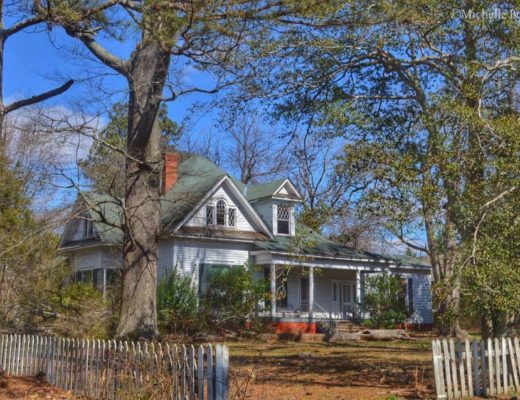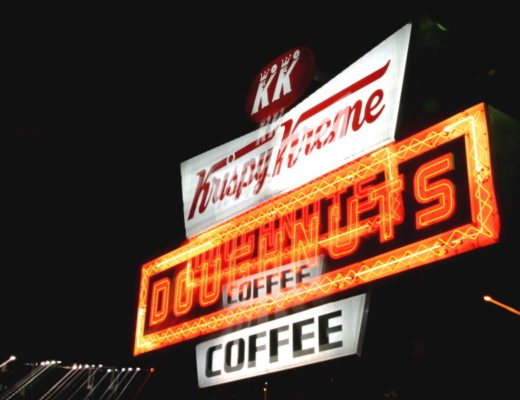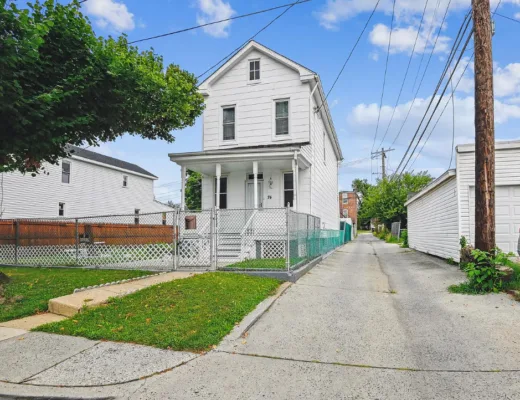There’s something so calming about the soft, velvety look of old walls. They never had that perfect modern sheen — instead, they aged gracefully, showing brushstrokes, patina, and texture. That’s because our ancestors used natural finishes like milk paint, limewash, and distemper.
Back then, paint wasn’t just for color — it protected plaster, let walls breathe, and told a story about the home’s age and style. Today, as more people restore old houses, these traditional finishes are making a comeback — and for good reason. Let’s take a look at a few of the most beautiful and historic ways people once finished their walls and woodwork.
Milk Paint: Soft Color with Old-Soul Charm
Milk paint has been around for centuries — made from simple, natural ingredients like milk protein(casein), lime, and pigment. It gives a matte, chalky finish that feels alive. It absorbs light differently, has depth, and develops a beautiful patina over time. When we say centuries, we mean it. Cave drawings from as old as 20,000 years ago were made with milk, lime, and pigments!
Why it’s favored:
- It’s eco-friendly and non-toxic.
- It adheres perfectly to raw wood and plaster.
- It creates that soft, timeworn look that modern paints just can’t replicate.
You’ll often see milk paint used on furniture, wainscoting, built-ins, and plaster walls. It’s perfect for homes from the 1700s through the early 1900s, especially Colonial, Federal, and early Victorian styles. It’s more similar to a stain as it needs to be absorbed for full effect!
Limewash: Breathable for Plaster and Brick
If you’ve ever seen an old farmhouse with chalky white walls that glow, that’s probably limewash. Made from slaked lime and water, this finish has been used for thousands of years — even in ancient rome!
Limewash bonds with the surface, meaning it doesn’t peel like modern latex paints. It’s breathable, which makes it ideal for plaster and brick, and it has a soft, mottled texture that gives walls and old world charm.
Why it’s loved by restorers:
- It lets moisture escape — perfect for historic plaster.
- It naturally resists mold and bacteria.
- It ages gracefully — you can easily add more coats over time.
Limewash is stunning in old homes with thick plaster walls, fireplaces, or brick interiors. Modern versions even come pre-tinted, but you can also mix your own pigments for that authentic, historic look.
Distemper: The Forgotten Finish
Distemper is another old-time wall finish made from chalk, pigment, and animal glue. It was inexpensive and widely used on plaster walls and ceilings in the 1800s and early 1900s.
Distemper creates a powdery, velvety surface that feels authentic — but it’s delicate. It can’t be washed like modern paint, and it will come off if scrubbed, Still, for museum-quality restorations or rooms where you want that pure historic feel, distemper is unmatched.
Why These Finishes Matter
Old houses were built to breathe. Modern acrylic and latex paints seal walls tight, trapping moisture and leading to cracks or peeling plaster. Traditional finishes like milk paint and limewash allow the house to live naturally, the way it was meant to. To read more on why paint was and still is so significant, click here to read our article!





